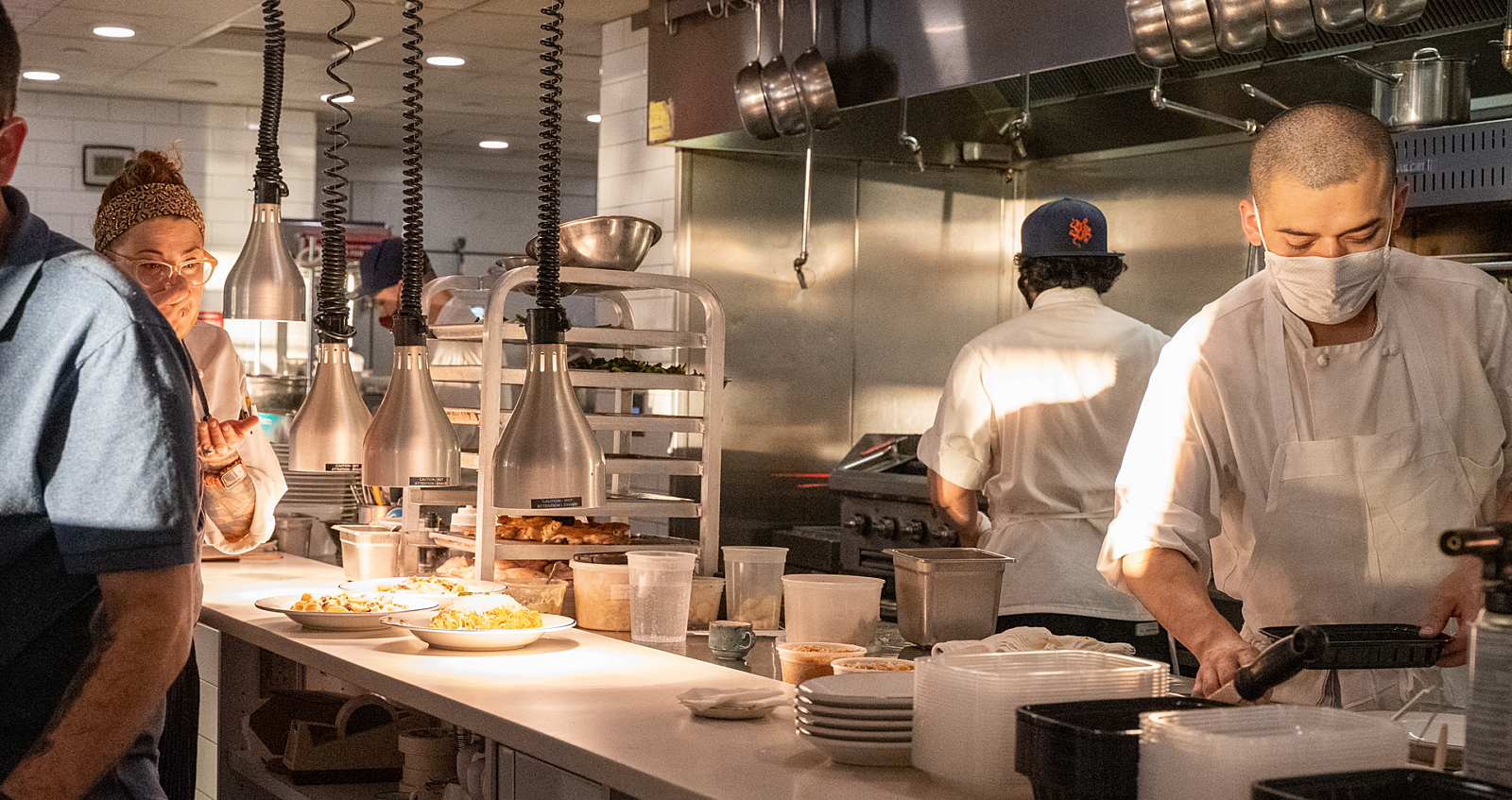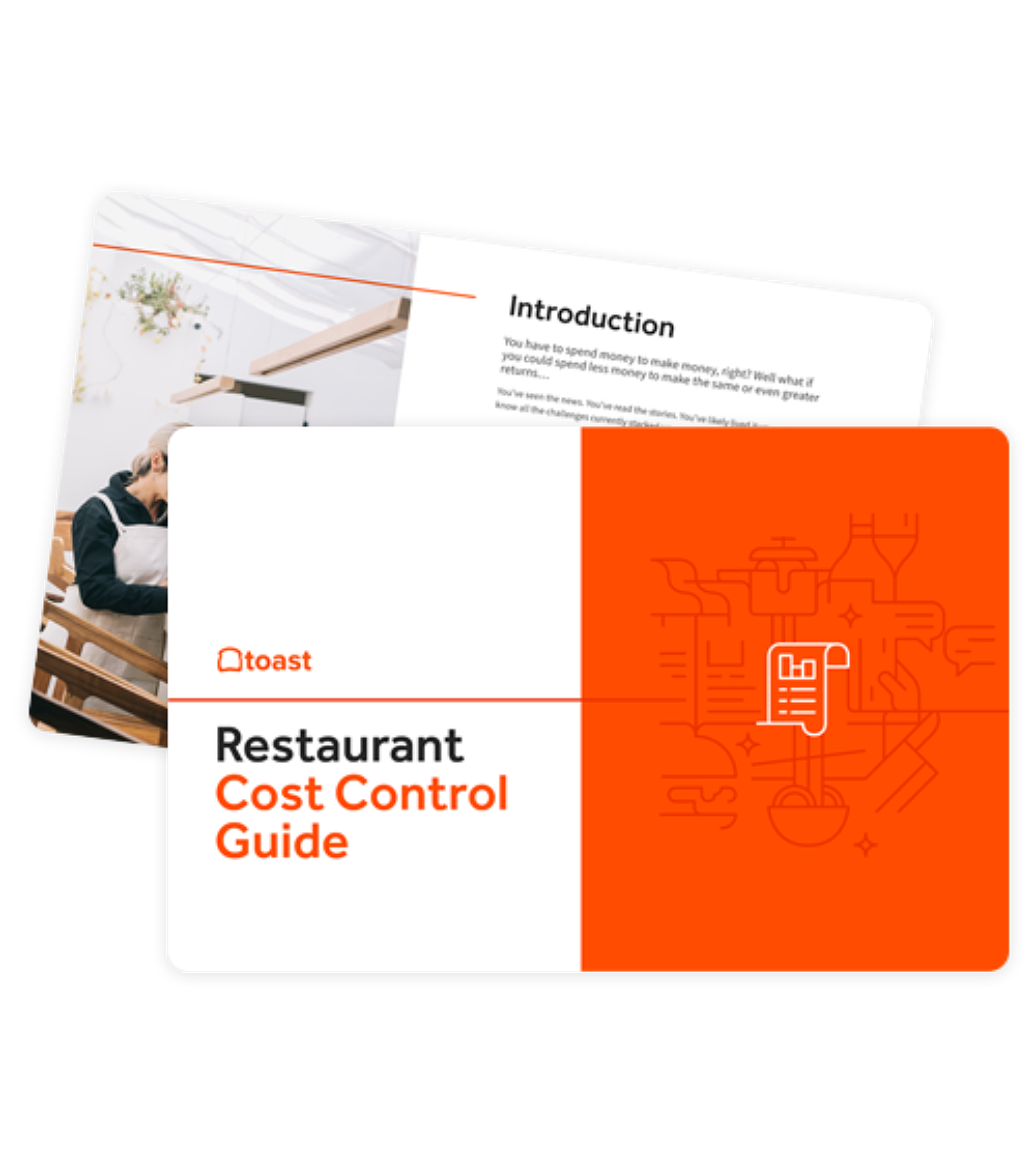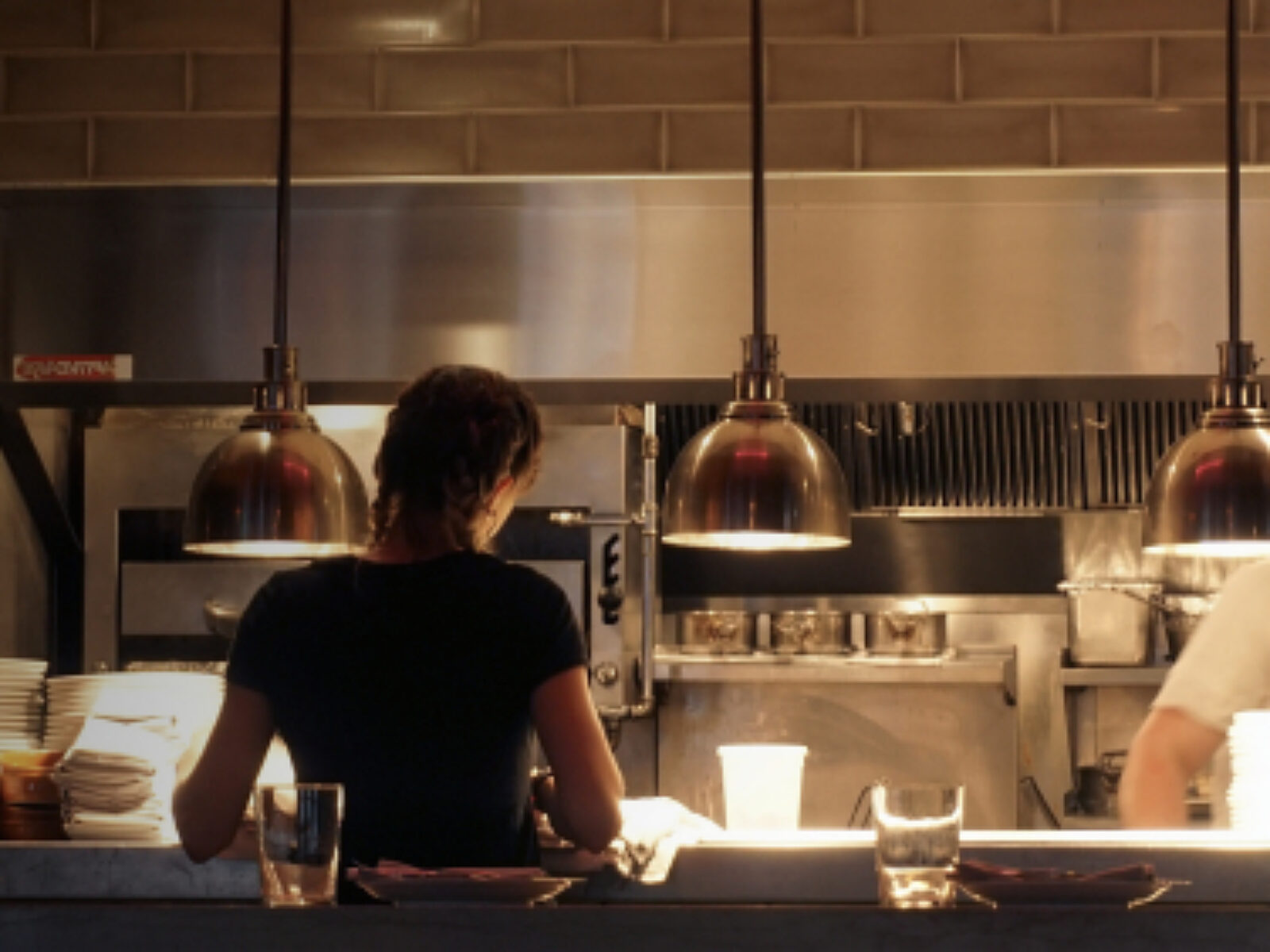
What is a Kitchen Appreciation Fee?
Kitchen fees are popping up at restaurants around the country. Here’s what you need to know.

Caroline PriceAuthor


Restaurant Cost Control Guide
Use this guide to learn more about your restaurant costs, how to track them, and steps you can take to help maximize your profitability.
Get free downloadWhat is a kitchen appreciation fee?
A kitchen appreciation fee is an extra charge added to a restaurant bill, usually between 2% and 10% of the total before tax. Unlike a service fee, this is typically only allocated to the back-of-house (BOH) kitchen staff.
Understaffing, slower service, and employee burnout are all too common in the restaurant industry these days, as ongoing labor struggles continue.
Restaurant operators and owners might have little control over national and local economic factors that affect profitability (like rising labor costs, rampant inflation, and precarious supply chains), but there are things you can do to help boost employee retention and improve staff wages while maximizing your returns.
Kitchen appreciation fees are one way to do this. In this article, you will discover:
- What a kitchen appreciation fee is
Why restaurants are introducing kitchen appreciation fees
Best practices around kitchen fees (and what to avoid)
Alternatives to kitchen appreciation fees for your restaurant
Restaurant Cost Control Guide
Use this guide to learn more about your restaurant costs, how to track them, and steps you can take to help maximize your profitability.

What is a kitchen appreciation fee?
A kitchen appreciation fee is an extra charge added to a restaurant bill, usually between 2% and 10% of the total before tax. Unlike a service fee, this is typically only allocated to the back-of-house (BOH) kitchen staff.
Kitchen appreciation surcharges started well before the pandemic. Yet their popularity has taken off in recent years. For example, Sweet Cheeks BBQ, in Boston, MA, implemented a 3% kitchen appreciation fee back in 2019 to support their back-of-house staff and show them they care.
Why are restaurants introducing kitchen fees?
Essentially, a kitchen appreciation fee attempts to level the playing field and fix the all-too-common wage gap or pay divide between front- and back-of-house employees.
“As the cost of doing business in Boston increases through the rise of minimum wage, cost of food and goods, mandatory health care coverage, mandatory sick pay, and the ever-increasing cost of a growing urban market, our ability to maximize the wages of our back-of-house employees are encumbered,” said Sweet Cheeks BBQ management.
The result: Back-of-house staff wages are constrained “to the bottom line resources of the restaurant. We think that’s wrong and are committed to a new approach to fix this,” Sweet Cheeks said.
“The kitchen appreciation fee allows all back-of-house employees to directly benefit from the top-line success of the restaurant. They feel the love from you, and their living wages increase. Every cent of the 3% goes directly to our BOH employees.”
How are kitchen staff paid?
Not all restaurant staff are paid the same way.
In terms of your hourly staff, front-of-house restaurant employees are often considered tipped wage workers. In other words, they’re paid a smaller, legally mandated base wage since the majority of their paycheck is comprised of earned gratuities (unless your restaurant has decided to employ a gratuity-free or profit-sharing model).
Back-of-house employees are not typically paid this way. Back-of-house employees are usually considered non-tipped wage hourly employees and are almost always paid a flat hourly rate.
Though some states allow tipping out — which is when front-of-house employees share a percentage of total earned tips with back-of-house staff — it’s illegal in other states, because back-of-house workers don’t interact with customers. This is a good reminder to always check your state and local municipalites for labor laws that your restaurant must adhere to.
Kitchen fee best practices
If you’re planning to implement a kitchen appreciation fee, honest and transparent communication is the best way to explain this to your customers and community.
Write up a few sentences about your kitchen appreciation fee and include it everywhere a customer might see it – your website, your menu, and the bottom of the bill are a few great places to start.
The Smoke Shop in Boston, MA, for example, has a page on its website explaining the reasoning behind the fee. Postero in Hendersonville, NC does the same and also includes a FAQ giving their answers to the most commonly asked questions regarding their kitchen appreciation fee.
“Why not just raise prices?”, “Why not pay your staff more?”, and “Why not just tip the kitchen?” are three questions that your staff might hear in response to kitchen appreciation fee implementation
Prepare customer-facing staff with talking points – a few simple bullet points should do the trick. Make sure they can explain to guests simply and clearly the reasoning behind the fee and can articulate why this was chosen over other alternatives.
Alternatives to kitchen fees
Kitchen appreciation fees might not be right for every restaurant. If you’re looking for other ways to improve the overall employee experience, increase wages, and improve staff retention, here are a few other ideas to consider.
Explore new business models
Given ongoing labor struggles and rising wages, all restaurant types can benefit from a more efficient team. New business models might be the way to do this.
The New Steps of Service is a restaurant service model rooted in restaurant technology that lets guests choose their dining timeline. It combines the traditional touchpoints of hospitality with the efficiencies of technology – for both full-service and quick-service restaurants.
The New Steps of Service can enable fewer staff to take on more tables. Employees and operators can both benefit from service charges and tips being split among fewer people, lowering labor costs, and increasing employee pay. And since sales are higher, labor cost percentage reduces as well.
With New Steps of Service, your front-of-house staff don’t focus on processing payments – they focus on connecting with guests. This shift to focus more on hospitality combined with more tables and take-home pay can help employees learn faster and find more fulfillment in their restaurant jobs — all critical to encourage greater employee retention.
And, operationally, any labor cost savings earned from the New Steps of Service can be invested back into the business for further savings.
The New Steps of Service ROI Calculator
Use this calculator to learn how the New Steps of Service can benefit your restaurant and impact your bottom line.

Revisit your costs
While it’s never been easy, controlling costs and protecting your restaurant’s margins is particularly challenging right now. Many outside factors are drastically impacting restaurant costs these days, including:
Labor shortages
Supply chain struggles
Rising costs and general inflation
These ongoing challenges make it more important than ever for restaurants to wrangle control of costs — and increasingly harder to do so without the proper systems in place.
Controlling your restaurant costs — food, dry goods, labor, and more — is essential for tracking and maximizing profitability across your operation. Precise cost control empowers you to forecast future profits, set goals, pay employees well, and plan for growth. Check out Toast’s Cost Control Guide for more information on tracking costs.
Evaluate your menu prices
Increasing menu prices is a difficult decision and one that many restaurants are hesitant to do. But it’s a step that can help cushion margins, and help support higher wages.
Establishing a pricing strategy for your restaurant is a balancing act. You want to price your menu to offset operational costs across the business — not just limited to the kitchen — but you also need to consider your customers' expectations and do some research into how similar menu items are priced in the market.
Learn more about raising prices and creating a knockout menu pricing strategy here.
Update your hours of operation
During the beginning of the pandemic, many restaurants had to cut their hours of operation to stay afloat. While it’s a last resort for many, it is an option to try and limit the number of labor hours per day. For example, consider limiting your service to only lunch or dinner, rather than both.
Offer online ordering and delivery
Digital dining experiences have grown in popularity in the past few years, and many restaurants have already adapted their operations, menus, teams, and marketing to online channels. But many sit-down restaurants, from family-friendly to fine dining, are now leaning on online ordering, takeout, and delivery to help them set up an off-premise business, as well.
Now, restaurants have learned that off-premise dining can be a huge revenue driver. Off-premise dining for fast-casual restaurants increased from just over half of visits pre-pandemic to more than 80%. Off-premise options have shifted from a bonus dining experience to an essential part of any successful restaurant.
Kitchen appreciation fees in your restaurant
For both your staff and your guests, clear and honest communication is key.
Before you take the plunge, talk to your team about the possibility of adding a kitchen appreciation fee and see what they think. And for your guests, explain why this change is occurring and why it’s necessary. Prepare for some initial negative reactions, but more people will accept the change if they understand where the money is going and why it’s needed.
Is this article helpful?
DISCLAIMER: This information is provided for general informational purposes only, and publication does not constitute an endorsement. Toast does not warrant the accuracy or completeness of any information, text, graphics, links, or other items contained within this content. Toast does not guarantee you will achieve any specific results if you follow any advice herein. It may be advisable for you to consult with a professional such as a lawyer, accountant, or business advisor for advice specific to your situation.
Read More
Subscribe to On the Line
Sign up to get industry intel, advice, tools, and honest takes from real people tackling their restaurants’ greatest challenges.



